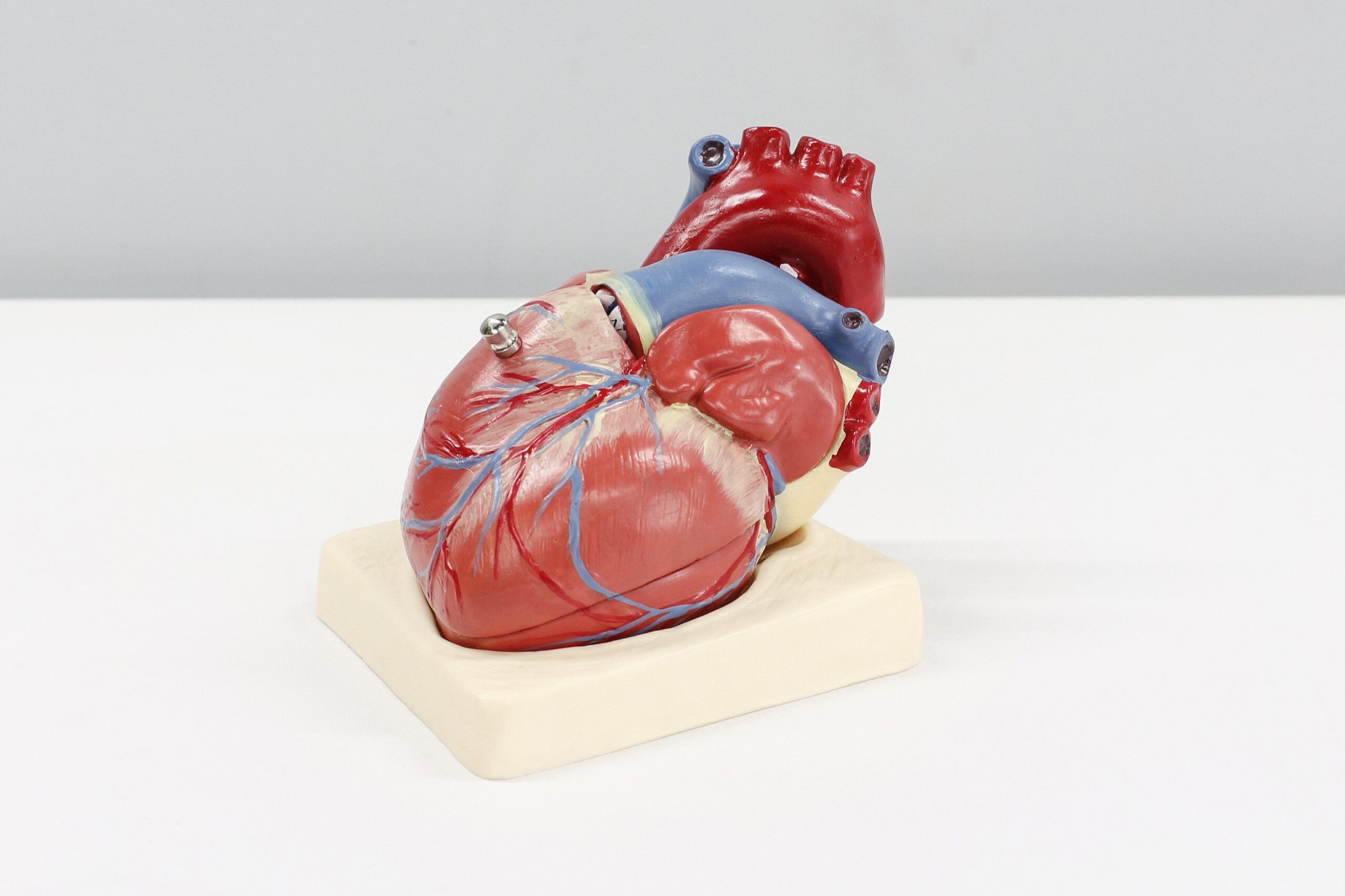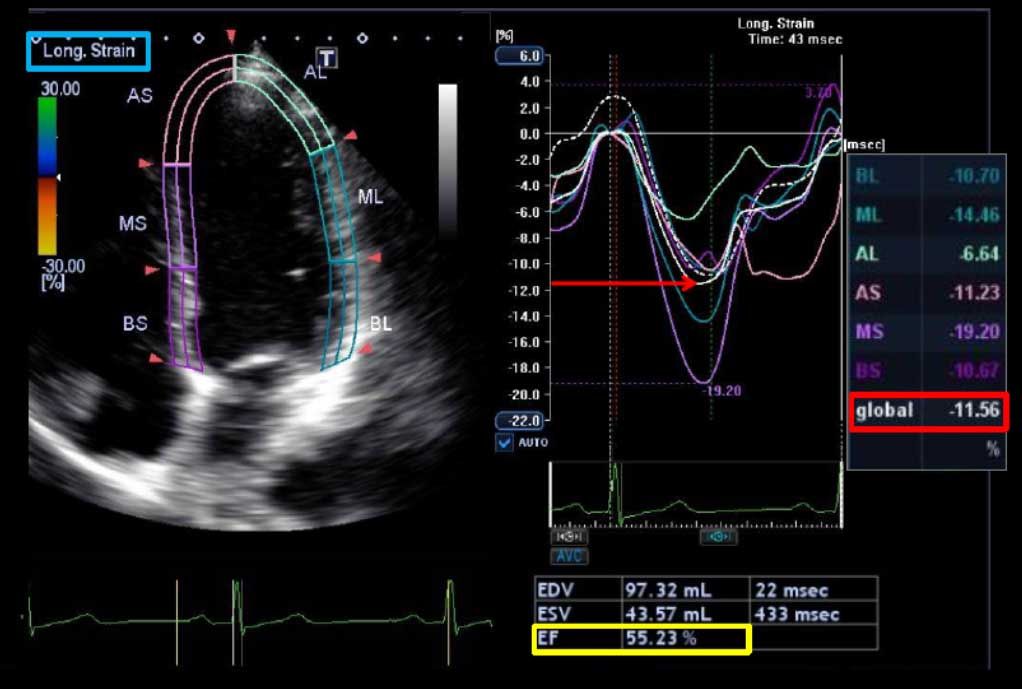Heart Murmur
WHAT IS IT?
A murmur is a sound which can be heard through a stethoscope while a physician listens over the heart.
Also Known As: Heart Murmur
Basic Facts
- A murmur is a sound which can be heard through a stethoscope while a physician listens over the heart.
- The sound is usually created by blood moving through heart valves.
- Most murmurs do not indicate a serious problem. In some cases, significant heart valve abnormalities or congenital heart defects may first be detected because of a heart murmur.
A More Detailed Explanation
When fluid is forced out of a container through a small opening, turbulence is created and the fluid sprays out. This spray can even create a sound, especially if the opening is very small or irregular and the force is large. With every heart beat, our hearts move blood from containers (upper and lower chambers of the heart) through small openings (the heart valves). So some turbulence of blood within our hearts is normal, and may even create a sound (murmur) which can be heard with a stethoscope.
Murmurs reflecting normal heart function can be heard in young people (because their hearts pump more vigorously in general), in thin individuals (because the stethoscope is physically closer to the heart), and in pregnant women (because of the more dynamic circulation required to supply blood to both the mother and fetus). Since valve openings are actually pretty generous, the murmurs associated with normal heart function are usually quite soft.
In most normal individuals, valves “leak” a little when they are in the closed position. In fact, echocardiograms (ultrasound evaluations of the heart) display a tiny leak in one or more heart valves in well over 80% of normal patients. Because the “opening” in a closed leaky heart valve is usually very small, the murmur created can be fairly loud. In fact, severe leaks (due to large openings) may produce very soft murmurs or no murmurs at all.
When valves are structurally abnormal (due to a congenital heart abnormality; due to prior damage from rheumatic fever; due to simple wear and tear over the years; etc.) the valve opening can be irregular or reduced in size, creating more turbulence of flow. This can create a heart murmur. The smaller, the more irregular the opening, the louder and higher pitched the murmur will be. Most structural valve abnormalities worsen very gradually over time. Physicians can use the changing sound characteristics of a heart murmur to detect progression of an underlying valve problem.
Some people are born with “holes” in their hearts – communications between the ventricles (pumping chambers) or atria (the upper chambers). Usually the communication between ventricles (ventricular septal defect, VSD) is quite small, and can be associated with a very loud murmur and even a “thrill” (a vibration which can be felt by placing one’s hand on the patient’s chest). Because the atria are low pressure chambers, communications between them (atrial septal defect, ASD) don’t usually produce a very loud murmur.
Sometimes, a heart murmur is present not because of a structural issue in the heart, but because the circulation of blood through the heart is exceptionally dynamic. We have already mentioned young individuals and pregnant women. Patients with anemia or an overactive thyroid may have a murmur due to the dynamic circulation caused by these conditions.
What to Expect
If your doctor has detected a murmur while listening over your heart with a stethoscope, he or she may order an echocardiogram to determine the cause. In most cases, the heart murmur will not be representative of a major health problem. Sometimes, the murmur will point to an underlying structural heart abnormality, which will require follow-up and specific management.
**Source: Cardiosource- American College of Cardiology.


